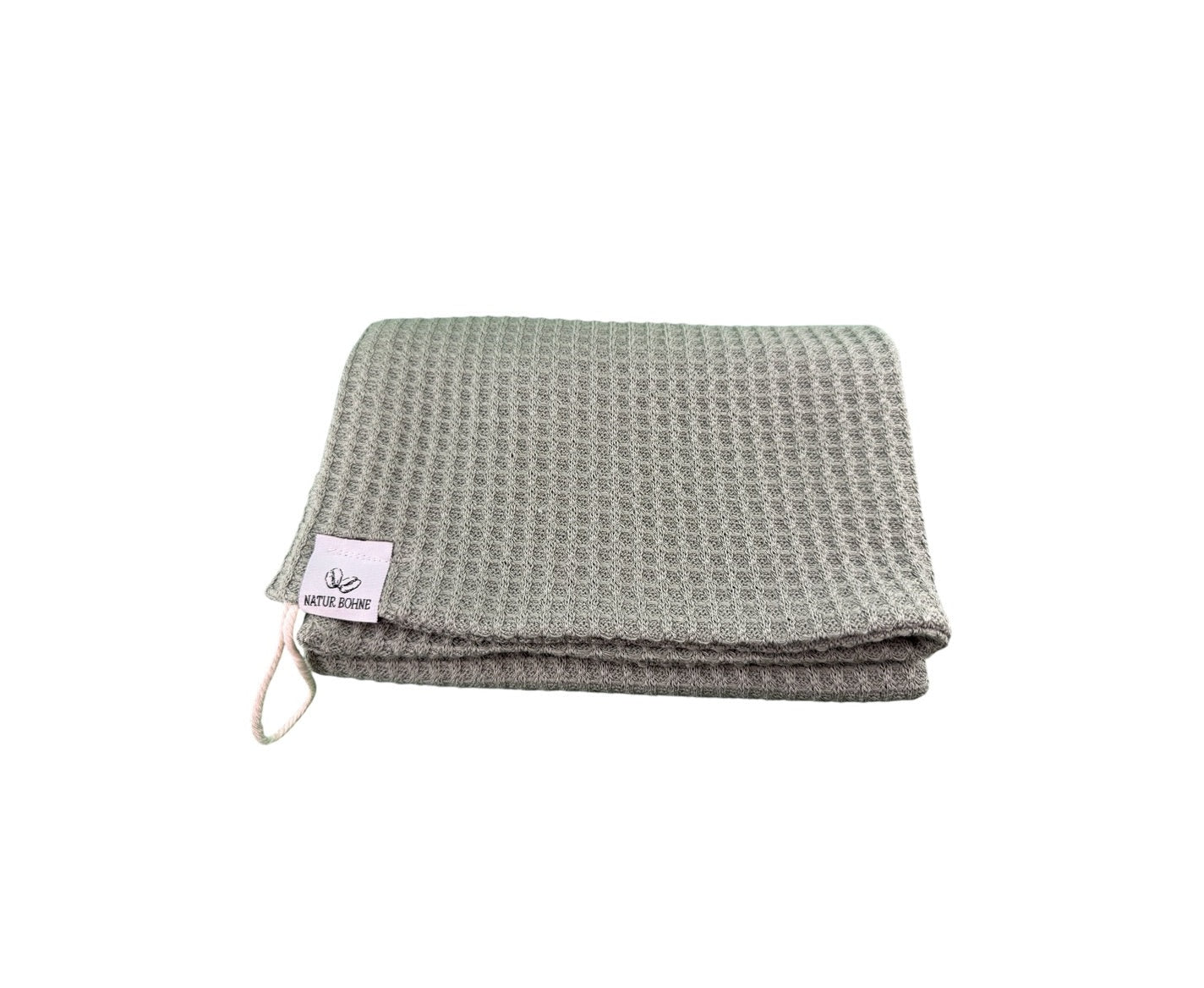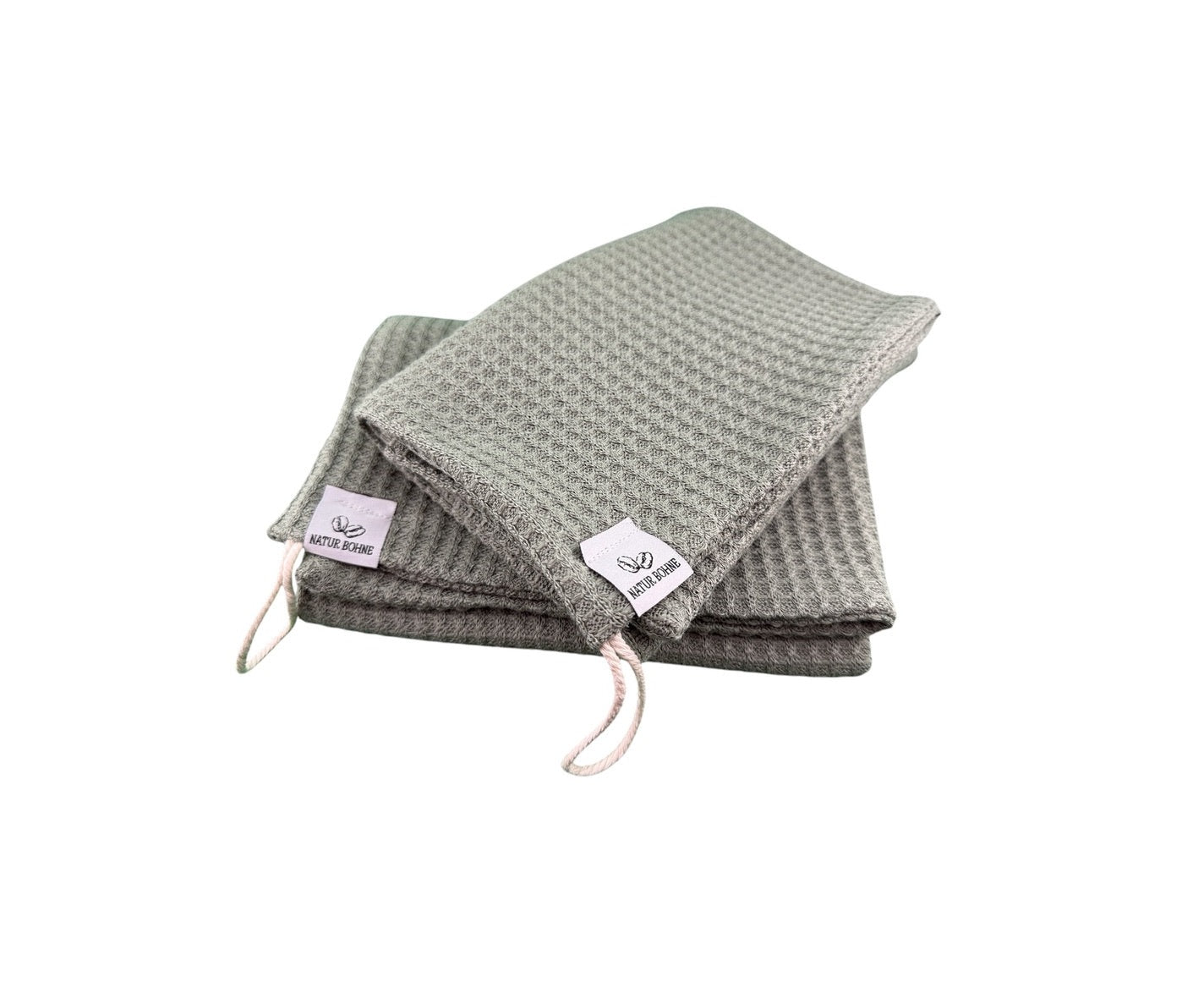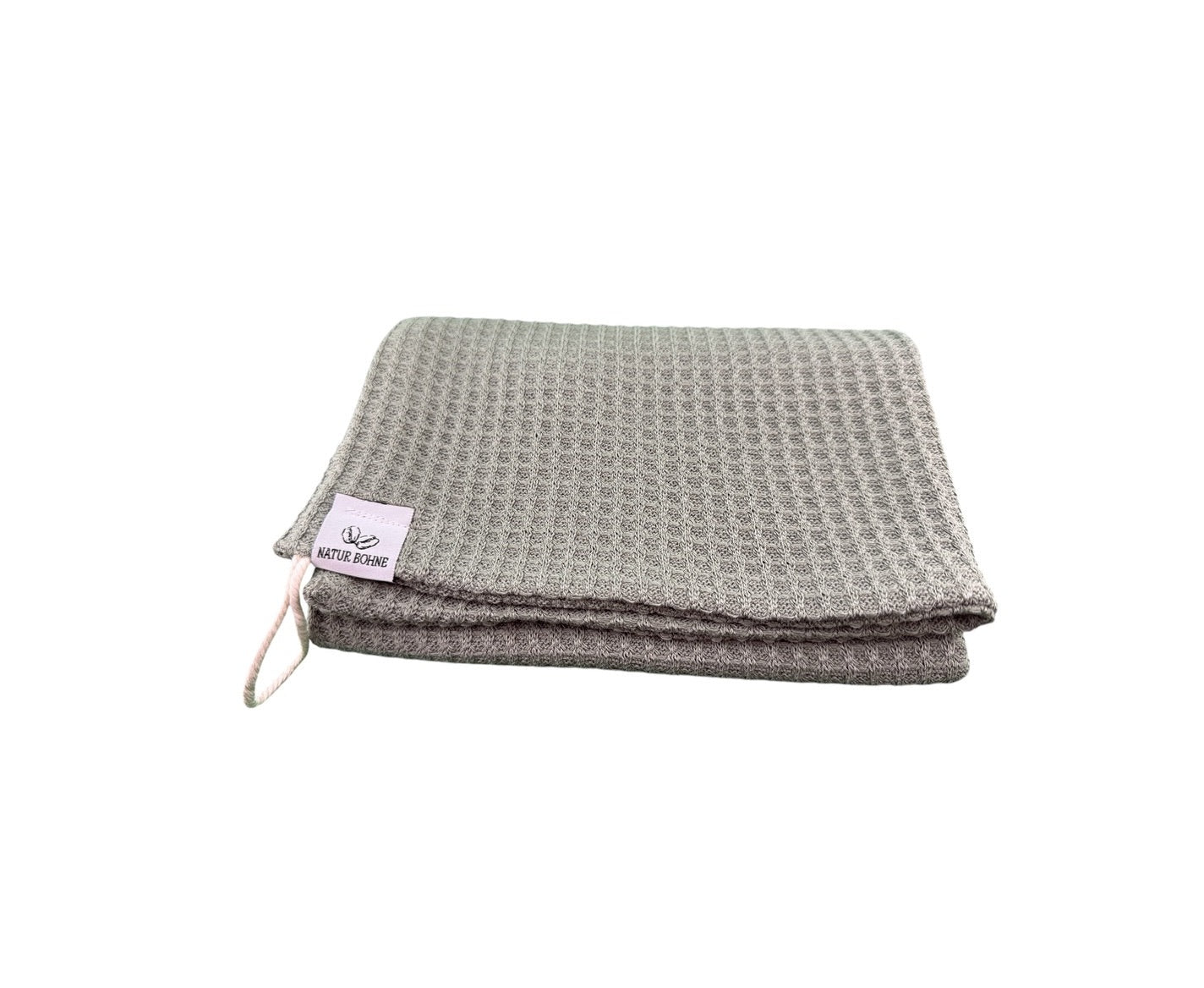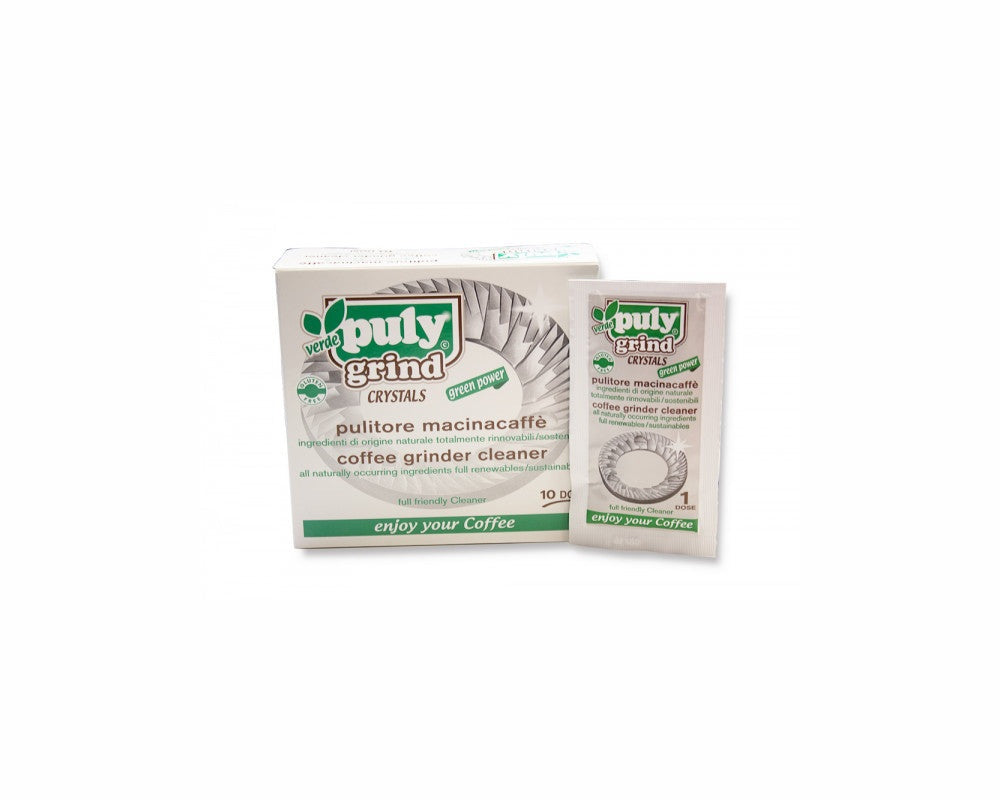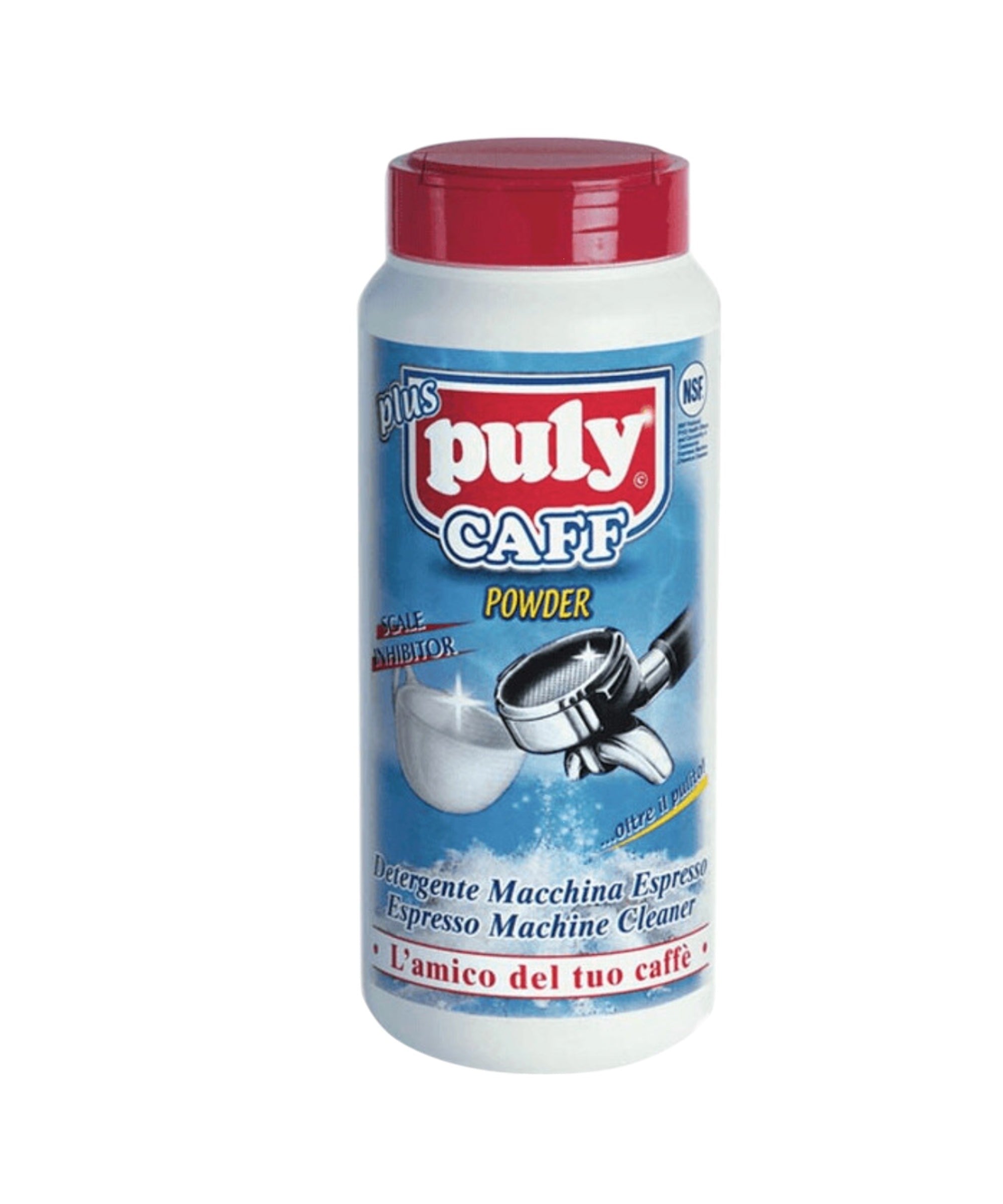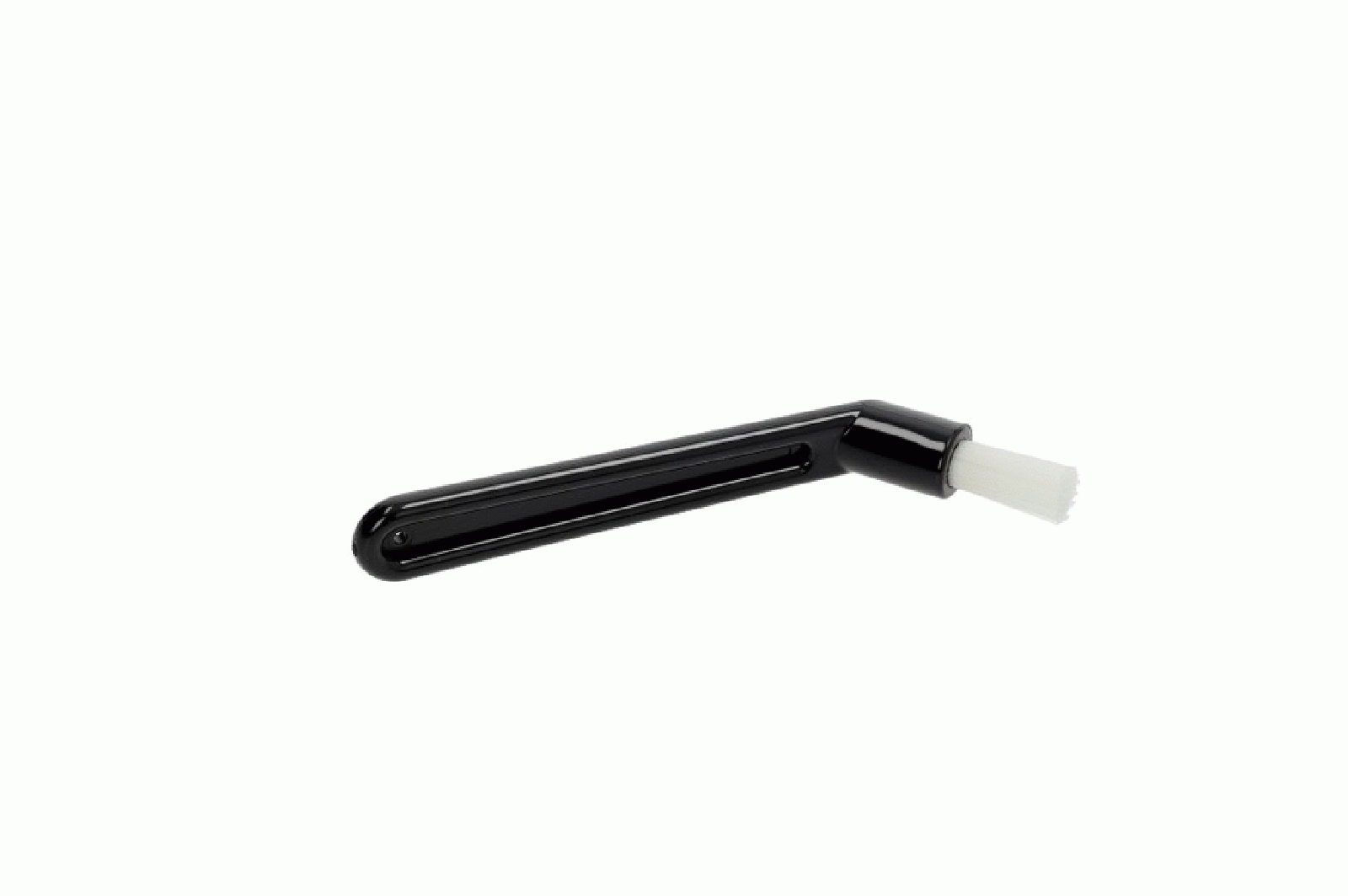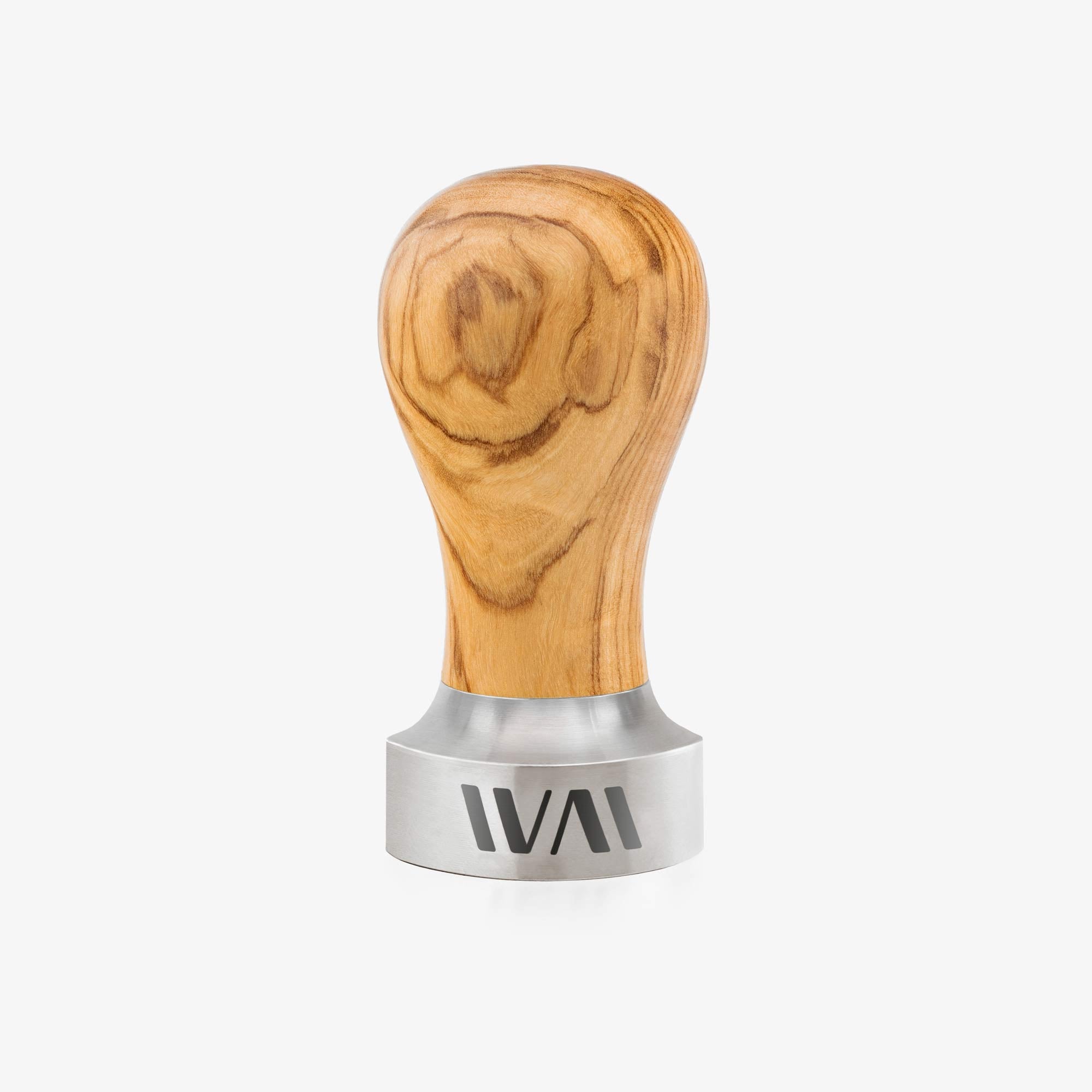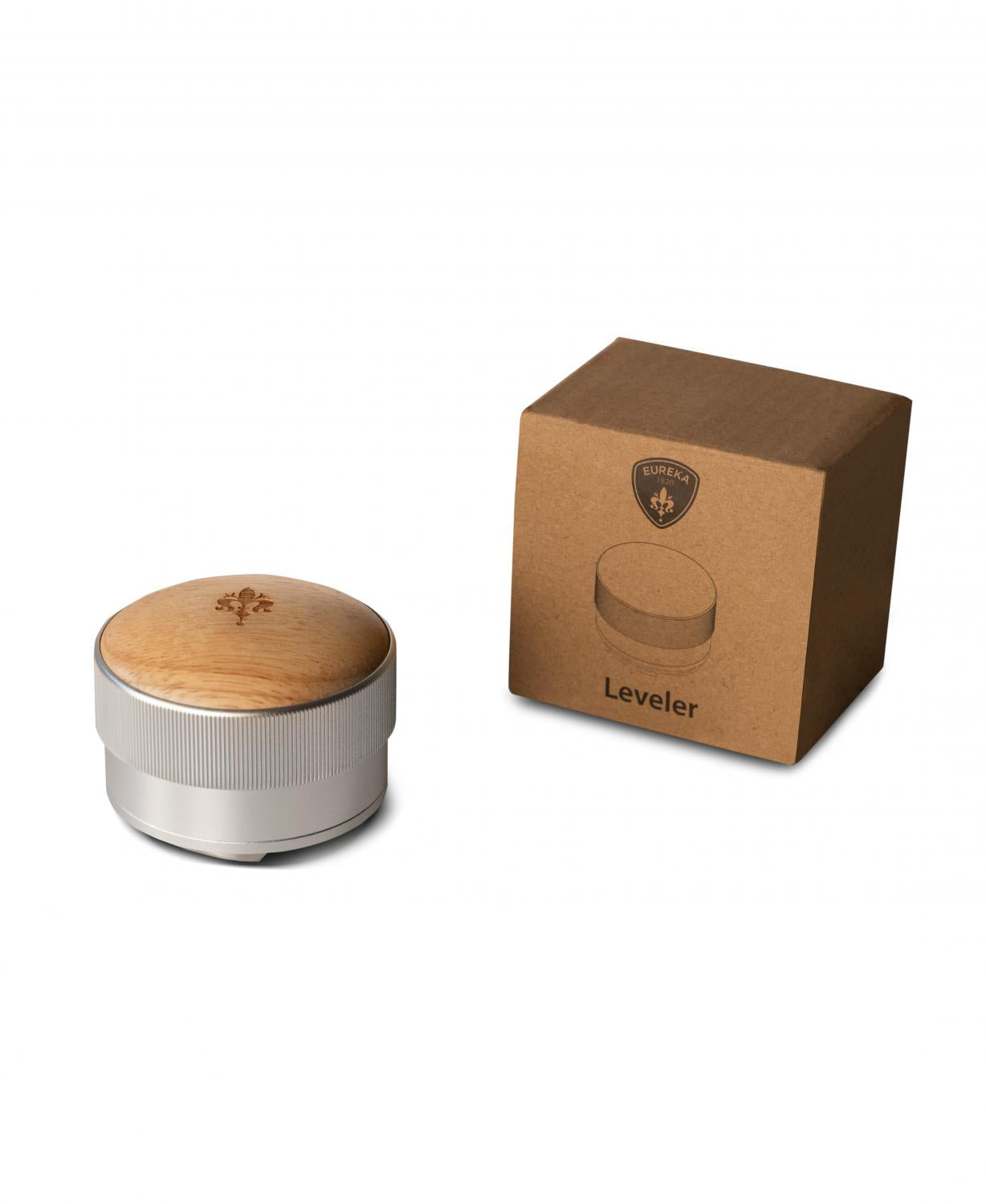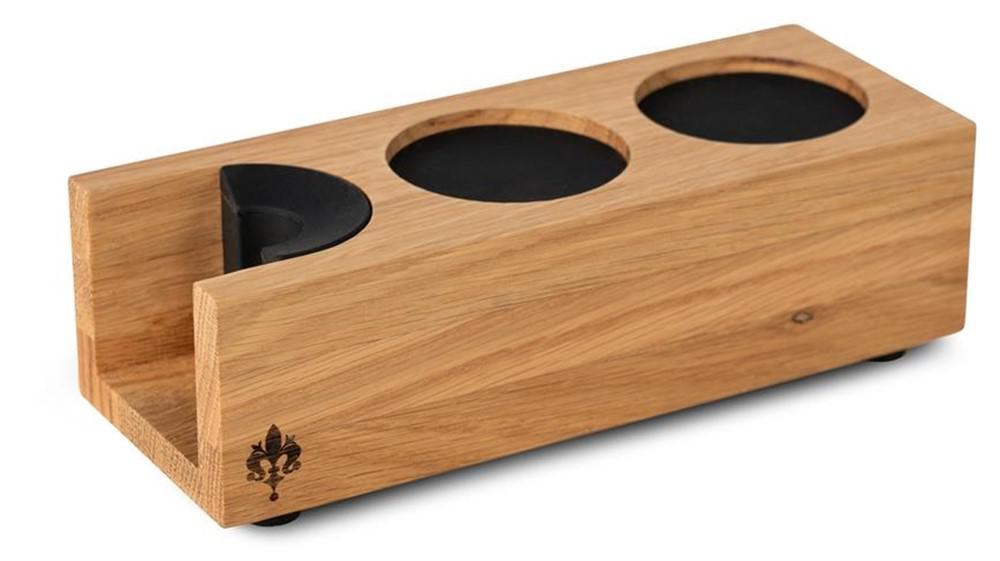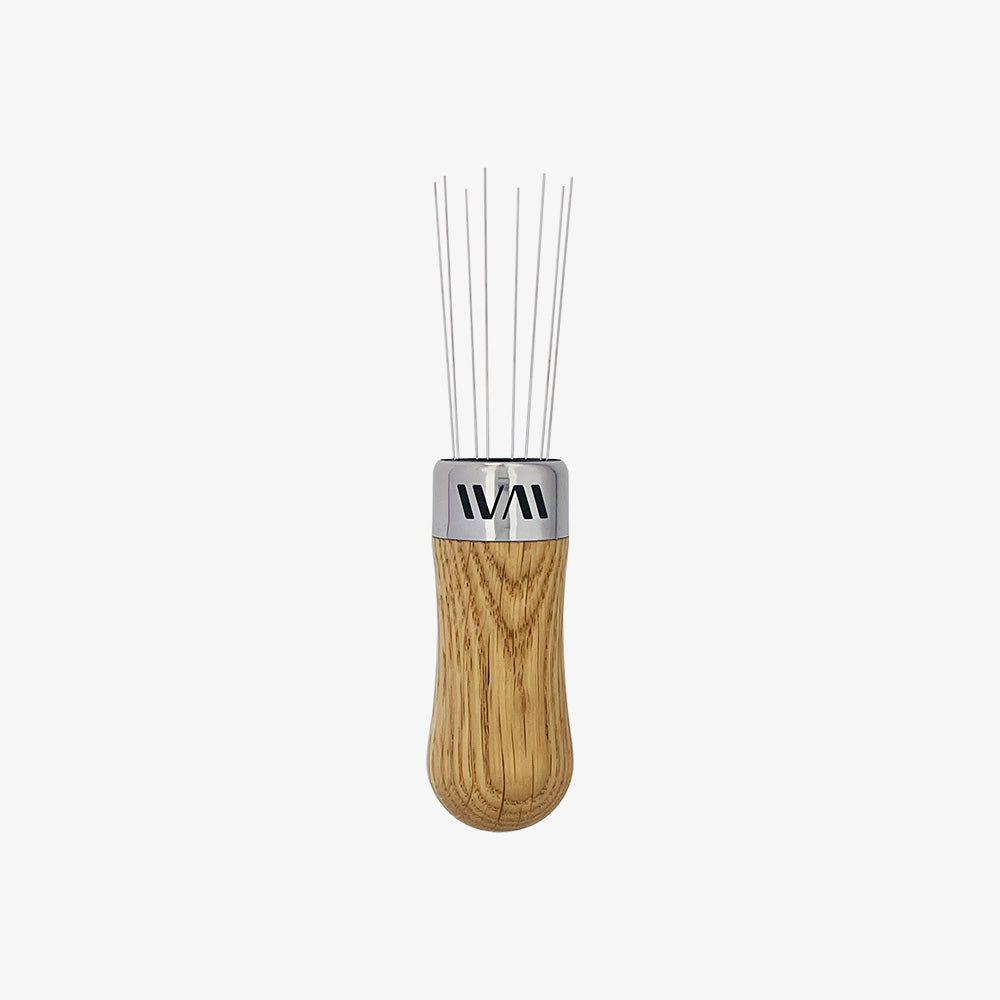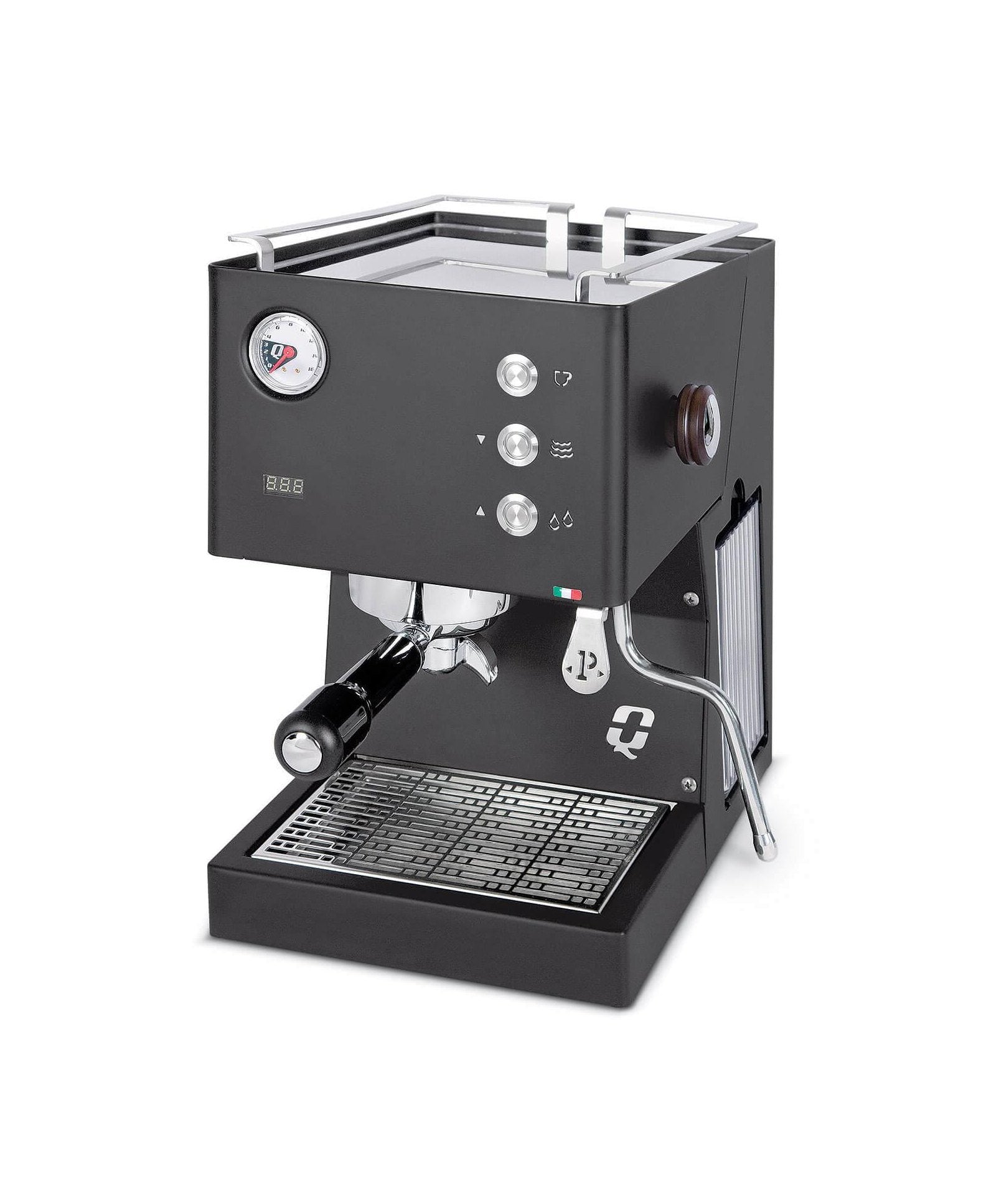
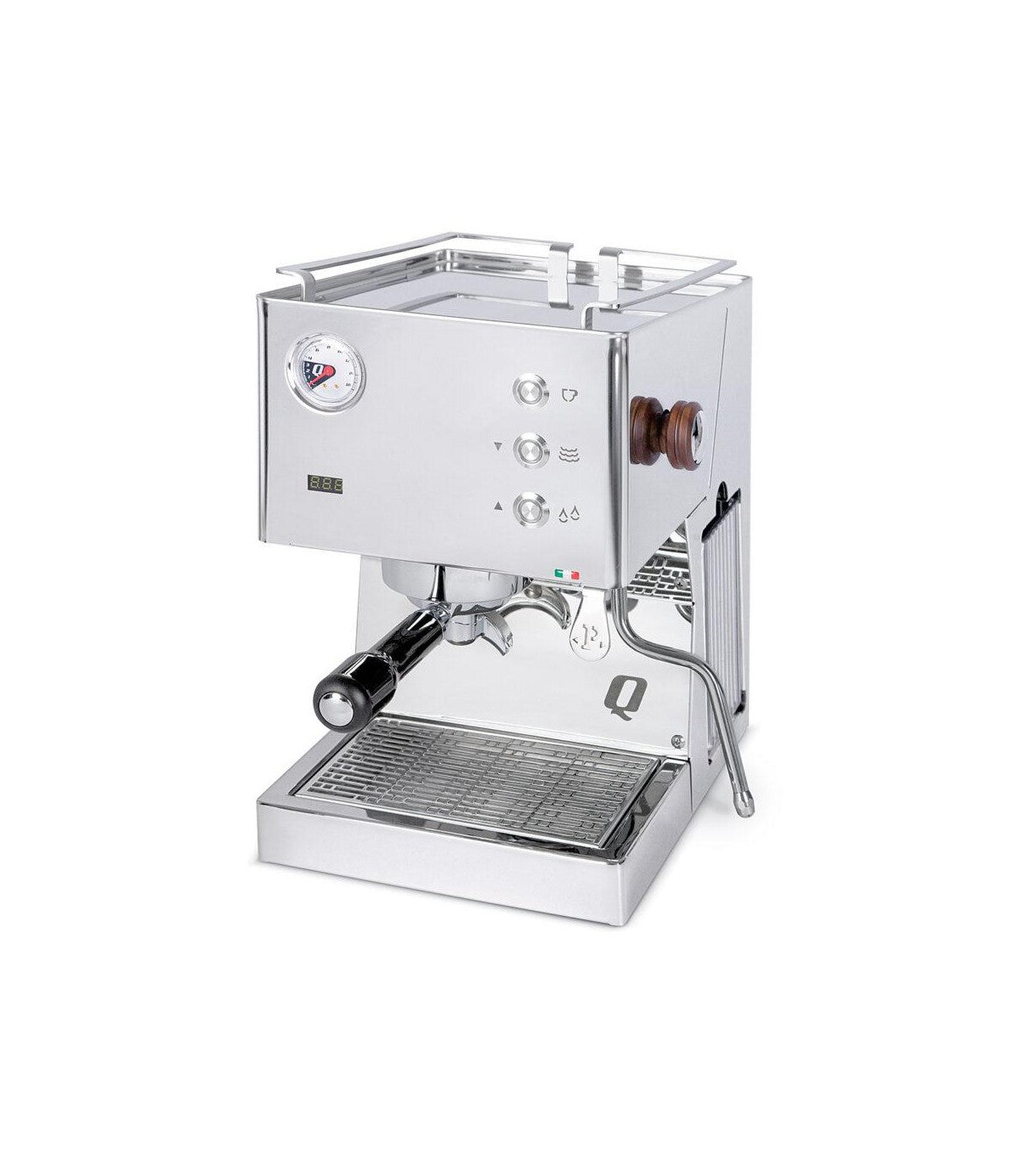
Quick Mill 02044 POP UP +++Exhibition piece+++
Finanzieren ab 42,35 € / Monat* mit
inclusa l'imposta sul valore aggiunto
🚚 Shipping within EU: 20 €
EU shipping costs, see shipping policy.
Passt wunderbar dazu
QuickMill Pop UP 02044 Inox espresso machine – single boiler with 0.45l boiler
This product is a display item. The packaging has already been opened, but the device is technically flawless and in its original packaging. It may show slight signs of use. You receive the full 2-year manufacturer's warranty.
Please note: Exchanges are not possible.
Of course, your statutory warranty rights apply in the event of a defect upon receipt. If you have any questions about the condition of this individual item, please send us an email – we will be happy to help you in a transparent manner.
Quick Mill POP UP (02044) Inox: Versatility in a compact format
The QuickMill POP from the "Pop" range is a brilliant espresso machine with versatile customization options. It's available in two elegant designs: matte black or classic stainless steel, both featuring illuminated push buttons. Unlike the "Pop," these are mounted vertically rather than horizontally. Furthermore, the QuickMill Pop UP has a 0.45-liter boiler and no thermoblock like the "Pop."
Precise temperature control with PID technology
The Pop Up from Quickmill has an integrated PID control that allows the temperature to be finely adjusted: the coffee temperature can be set between 40 and 105 °C, while the steam temperature is in the range of 130 to 140 °C.
The machine's housing is made of robust 304 stainless steel, as is the portafilter, and the quiet vibration pump is equipped with thermal protection. The side-mounted water tank has a capacity of 1.8 liters.
For discerning coffee lovers
- Adjustable pre-infusion
- Eco mode at 60 °C
- Standby time programmable
- Integrierter Shot-Timer
- Wooden rotary handle for steam function
- Cup warmer
After ten minutes of inactivity, the display switches off to save energy and can be reactivated by pressing a button.
Scope of delivery
- 2-portafilter
- Single and double sieve
- Blind screen
- cleaning brush
- plastic tamper
- plastic measuring spoon
Note: We recommend a high-quality 58 mm tamper.
Technical data
- Boiler volume: 0.45 liters (brass, insulated)
- Power: 1200 watts
- Water tank: 1.8 liters, removable from the side
- Voltage: 220–240 V / 50–60 Hz
- Dimensions (W x H x D): 25.5 x 38.2 x 33.3 cm
- Weight: 14 kg
- Tamper diameter: 58 mm
- Maximum cup height: 85 mm
Special features
- PID control for precise temperature control
- Vibration pump with thermal protection
- Cold-Touch steam wand
- Illuminated push buttons
- Elegant stainless steel finish
Dettagli del produttore
Naturbohne Barista Towel 40x40
Puly Grind mill cleaner 10x15g
Eureka Tamper Station (double)
Wiedemann WDT distribution tool
Upgrade for your portafilter machine
Matching accessories
If you have any questions, please feel free to contact us at any time. We will get back to you as soon as possible, within 24 hours on weekdays.
-
Shipping info
We ship all products the same day if ordered before 1pm.
-
Supporto
We will also be there to support you and advise you after your purchase. If you have any questions about the product you purchased from us, please contact us.
-
Contact
Email: hello@naturbohne.de
Telefono: 07454 / 870 48 64
Frequently Asked Questions
I bought a new coffee grinder from Naturbohne and there are coffee residues in it.
Please note: Some manufacturers test their coffee grinders before shipping, which means that small coffee residues or bean residues can occasionally be found in the grinder. This procedure is used to test functionality and is considered a quality feature. Of course, we only sell new products - unless expressly stated otherwise.
Static charge – coffee grounds spray out from the side
With some coffee grinders, the ground coffee can become statically charged and spray out of the portafilter at the side. This means that not all of the ground coffee gets into the portafilter, which can lead to uneven extraction. Our recommendation: Use a dosing funnel to ensure that all of the ground coffee is precisely fed into the portafilter - for optimal espresso enjoyment.
What is dead space in coffee grinders?
Conventional coffee grinders often leave a so-called dead space in which coffee residues accumulate. These residues can not only affect the freshness, but also lead to old and fresh coffee grounds being mixed, which negatively affects the taste. In contrast, single dose grinders have a well-thought-out design that eliminates the dead space. Each portion is ground individually and precisely so that no residues are left behind - for a consistently pure and full-bodied coffee experience.
Which portafilter fits my espresso machine?
When choosing the right portafilter for your portafilter machine, it is important to know that each manufacturer develops its own brewing group - the most well-known is the Faema E61. However, this does not mean that any portafilter will fit without any problems. An incompatible portafilter can leak, which will have a direct negative impact on the quality of your espresso. We therefore recommend using either the portafilter originally supplied or one that is explicitly stated to be compatible with your machine. This will ensure that the pressure is optimally built up and the espresso is perfectly extracted.
Can I visit you or pick up the goods personally?
Yes, of course, you are welcome to come by and look at our products by appointment. We would be happy to advise you personally. The best thing to do is to send us an email with a few suggested appointment times.
We are located 5 minutes from the motorway between Stuttgart and Lake Constance on the edge of the Black Forest.
Important note, first use coffee grinders
Another little tip for the perfect start with your new mill:
You will get the best grinding result after you have ground about 1-2 kg of beans. It is best to use a few cheap beans so that the grinder can work optimally. And if you are wondering what you can do with the bean flour - it is perfect plant fertilizer! 🌿
It contains nitrogen, potassium, sulfur and phosphorus and is a real nutrient bomb for your plants.
Potete effettuare una calibrazione offset sulla mia macchina portafiltro?
Esistono alcuni argomenti contro la calibrazione offset per le macchine portafiltro Lelit, in particolare per i modelli come la Lelit Bianca. Questi argomenti riguardano principalmente la complessità e i limiti dell'offset come unica soluzione ai problemi di temperatura:
- fluttuazioni di temperatura e instabilità. L'offset tiene conto di una differenza costante tra la temperatura della caldaia e la temperatura di erogazione. Nella pratica, tuttavia, possono verificarsi fluttuazioni di temperatura, ad esempio a causa di tempi di sosta più lunghi o di una fermentazione continua. Di conseguenza, non è sempre possibile prevedere con precisione la temperatura effettiva della birra.
- Dipendenza dalle condizioni ambientali. Fattori come la temperatura ambiente, l'umidità e le condizioni della macchina (ad esempio, il tempo di riscaldamento) hanno un'influenza significativa sulla temperatura di fermentazione. Un offset fisso non può compensare dinamicamente queste variabili, il che può portare a risultati imprecisi.
- Perdita di calore durante le pause. Dopo le pause più lunghe, il gruppo di infusione si raffredda e la macchina ha bisogno di tempo per tornare alla temperatura desiderata. Un offset correttamente impostato non è in grado di compensare questo fenomeno, per cui sono necessarie misure aggiuntive come un "lavaggio di raffreddamento".
- Calibrazioni di fabbrica errate. Su alcuni modelli Lelit, è stato riscontrato che l'offset di fabbrica è spesso impostato in modo impreciso (ad esempio, 4-8 gradi troppo bassi su Lelit Bianca). Ciò richiede una ricalibrazione manuale da parte di personale specializzato, che può risultare complicata per gli utenti finali.
- Fraintendimenti nell'applicazione. Molti utenti sono confusi da informazioni contraddittorie sull'impostazione dell'offset, che possono portare a regolazioni errate. Ad esempio, spesso si pensa che l'offset da solo risolva tutti i problemi di temperatura, mentre è solo una parte di un sistema più complesso.
Conclusione
La calibrazione dell'offset è uno strumento utile, ma non deve essere considerata in modo isolato. Per ottenere risultati ottimali è necessaria una combinazione di controllo PID preciso, manutenzione regolare e tecniche personalizzate (ad esempio, colpi di risciacquo).
Do you have any more questions?
Contact
If you have any questions about our products, please write to us here or use the chat function.
